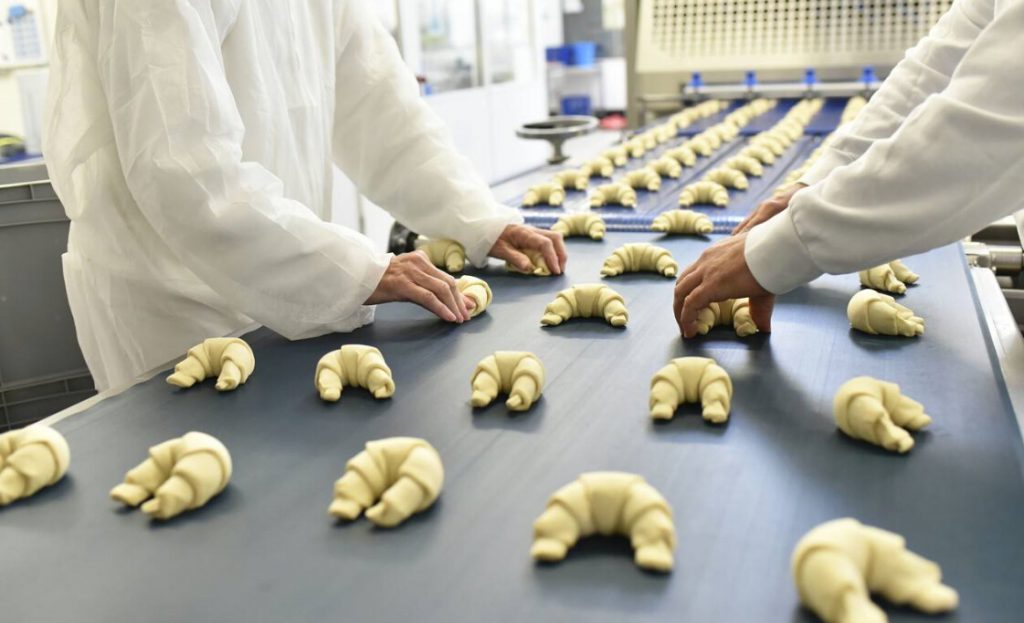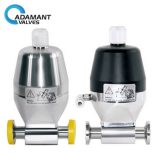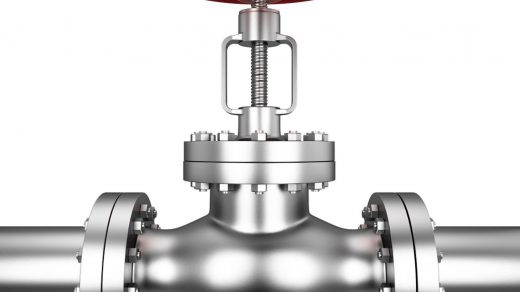For the food processing industry, the sanitary environment is very important, which requires clean, safe and pollution-free. With the continuous development of valves suitable for aseptic production and pollution-free production, they have been vigorously developed in food, medicine, fine chemical industry, and other fields. Among them, pneumatic diaphragm valve and aseptic diaphragm valve are representative new valves.
According to the driving mode, sanitary valves are manual, pneumatic and electric. The pneumatic diaphragm valve is a special type of cut-off valve. With the continuous development of the food industry, the exploration and upgrading of pneumatic diaphragm valve are becoming more and more active to meet the needs of market development.
- The use of pneumatic diaphragm valve
Compared with other valves, pneumatic diaphragm valves are constructed without packing box. Rubber diaphragm can completely isolate the corrosive medium in the runner from all the driving parts, thus eliminating the disadvantages of “running, running, dropping and leaking” of common valves. Because the pneumatic diaphragm valve is very flexible, the diaphragm closes reliably, and even the sewage can be cut off well to protect the material from pollution.
In addition, compared with traditional diaphragm valves, pneumatic diaphragm valves have doubled flow rate and superior corrosion resistance, which can make dead zone better treated, the system more sanitary, avoid forced turbulence, wear and noise greatly reduced.

2. The use of aseptic diaphragm valves
Compared with pneumatic diaphragm valves, aseptic diaphragm valves play a more prominent role in ensuring safety and aseptic production. We know that in the process of food production and processing, there is often a link of conveying materials. For materials that are not easy to flow, the advantages of aseptic diaphragm valves are more significant. Due to the problems of poor fluidity, easy blockage of pipeline and large friction of non-flowing materials (such as viscous and pasty materials) in the transportation process, it is particularly important to select the valve body to control such materials when they are transported.
Although hygienic butterfly valves and hygienic ball valves are also commonly used to transport bulk materials, they can cause wall hanging and blockage when materials with poor fluidity are encountered.
Fortunately, aseptic diaphragm valves have appeared in the market, which can basically eliminate the above phenomena, greatly reduce the adverse effects caused by production uncertainty, and thus effectively control the operation of production. In addition, in the field of powder material transportation, its flat internal structure, unimpeded conveying mode, easy disassembly and maintenance, as well as the complete separation of control system and working medium, make it widely used, and the future prospects are very broad.



Recent Comments